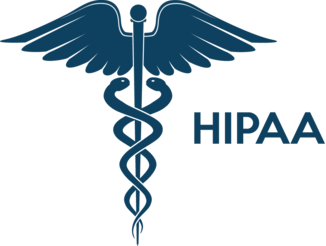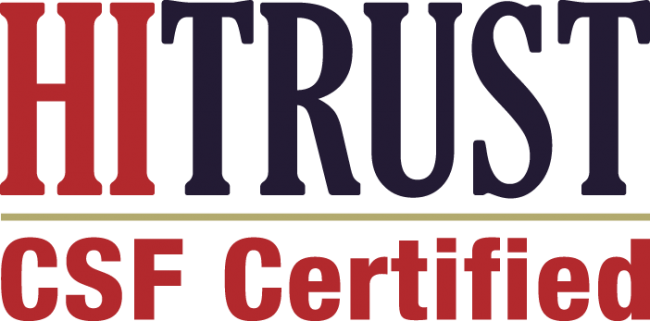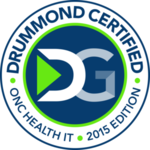As the U.S. healthcare system continues its shift from fee-for-service to value-based care, the Centers for Medicare & Medicaid Services (CMS) has introduced a series of Care Management programs to improve patient outcomes, reduce avoidable costs, and support chronic disease management across the care continuum. However, the fragmented implementation of these programs, such as Chronic Care Management (CCM), Remote Patient Monitoring (RPM), Remote Therapeutic Monitoring (RTM), Behavioral Health Integration (BHI), Annual Wellness Visits (AWV), and Transitional Care Management (TCM), often poses operational and financial inefficiencies for healthcare practices.
The HealthViewX Care Orchestration Platform unifies these programs under one interoperable, scalable solution, enabling providers to deliver seamless, compliant, and efficient care while maximizing reimbursements.
The Growing Scope of CMS Care Management Programs
CMS has introduced a suite of reimbursable care management services designed to extend care beyond traditional clinical settings. These programs include:
1. Chronic Care Management (CCM)
- For patients with two or more chronic conditions.
- Average monthly reimbursement: $62–$137 per patient.
- Over 66% of Medicare beneficiaries live with multiple chronic conditions (CMS, 2023).
2. Remote Patient Monitoring (RPM)
- For physiologic data monitoring, like blood pressure or glucose levels.
- Reimbursable for both new and established patients.
- RPM adoption grew 315% from 2019 to 2023, especially during COVID-19.
3. Remote Therapeutic Monitoring (RTM)
- Targets non-physiological data, including medication adherence and musculoskeletal health.
- A newer CMS program introduced in 2022, particularly useful in physical therapy and behavioral health.
4. Behavioral Health Integration (BHI) & CoCM
- Supports integration of mental health into primary care.
- Psychiatric CoCM models reimburse up to $160 per patient per month.
- With over 1 in 5 adults in the U.S. experiencing mental illness, demand is rapidly increasing.
5. Annual Wellness Visit (AWV)
- Medicare covers one AWV annually.
- Helps establish a personalized prevention plan.
- Average reimbursement: $174, and it helps trigger eligibility for other programs such as CCM, RPM, BHI, etc.
6. Transitional Care Management (TCM)
- For patients discharged from inpatient settings.
- Helps reduce readmissions and improves continuity of care.
- Reimbursement up to $250 within 30 days post-discharge.
Despite these individual opportunities, many providers find it difficult to operationalize these programs at scale. That’s where HealthViewX steps in.
The Challenge: Fragmented Delivery Across Silos
Delivering these programs independently often results in:
- Disparate data and documentation systems.
- Compliance risks due to missed time tracking or audit trails.
- Revenue loss from underutilized or underbilled services.
- Provider burnout from repetitive manual tasks.
A 2023 CMS report noted that less than 25% of eligible Medicare patients are enrolled in any care management service, pointing to untapped potential in value-based reimbursements.
The Solution: HealthViewX Care Orchestration Platform
HealthViewX offers an end-to-end, cloud-based, and HIPAA-compliant platform that unifies all CMS Care Management Programs on a single interface, streamlining workflows, improving patient outcomes, and enhancing financial returns.
✔️ Unified Program Management
The platform supports the full CMS care management suite:
- Chronic Care Management
- Principal Care Management
- Remote Patient Monitoring
- Remote Therapeutic Monitoring
- Annual Wellness Visit
- Advance Care Planning
- Chronic Pain Management
- Transitional Care Management
- Behavioral Health Integration
- Psychiatric CoCM
- Advanced Primary Care Management
Providers can enroll, monitor, track, and bill from a centralized dashboard, removing redundancies and enabling comprehensive care.
✔️ HealthBridge™ Interoperability Engine
- Seamless integration with any EMR/EHR, HMS, or LIS.
- Bidirectional data exchange ensures real-time updates.
- Facilitates automated patient identification, eligibility checks, and report generation.
✔️ Automated Time Tracking and Billing
- Real-time CPT code tracking and auto-logging of care minutes.
- Supports CMS-compliant documentation and audit readiness.
- Reduces billing errors and ensures maximum reimbursement.
✔️ Patient Engagement Tools
- Patient app, two-way communication, reminders, and e-consents.
- Multilingual education modules and care plan adherence tools.
- Improves patient satisfaction and activation in their care journey.
✔️ Care Coordination Dashboard
- Role-based dashboards for care managers, physicians, and billing teams.
- Flags for due visits, missed check-ins, readmission risk, and adverse trends.
- Enables proactive interventions and closed-loop care.
Clinical and Financial Impact
📊 Clinical Outcomes
- Up to 30% reduction in hospital readmissions with coordinated TCM and BHI.
- Improved medication adherence and chronic disease control via CCM and RTM.
- Better mental health outcomes with integrated CoCM workflows.
💰 Financial Outcomes
- Practices can earn an average of $500–$1,000 per patient annually through CMS reimbursements.
- Providers leveraging HealthViewX report up to 40% increase in care management revenues within 6 months.
- Scalable staffing models (in-house, hybrid, outsourced) for optimized ROI.
Why HealthViewX is the Trusted Partner
🏆 Global Recognition
- Listed in Newsweek & Statista’s World’s Best Digital Health Companies 2024.
- Active client base across 5 continents with 100% CMS audit pass rate.
🔐 Security & Compliance
- HIPAA-compliant, SOC 2-certified.
- Built-in CMS guidelines across all care modules.
💡 Customizable & Scalable
- Tailored for FQHCs, primary care clinics, health systems, specialty clinics, aggregators, and billing companies.
- Supports multi-location and multi-specialty workflows.
Conclusion: Unify for Better Care, Better Revenue, and Better Outcomes
As CMS continues to evolve toward comprehensive, coordinated, and value-driven care, healthcare providers must adapt to stay ahead. The HealthViewX Care Orchestration Platform offers an opportunity to unify, simplify, and scale care management delivery, ensuring compliance, improving patient lives, and maximizing Medicare revenue potential.
Whether you’re a physician group, health system, or value-based care organization, HealthViewX ensures that every eligible patient receives the right care, at the right time, with the right reimbursement.
Get Started Today
To learn how your practice can benefit from unifying CMS care management programs with HealthViewX, request a demo or contact our team at info@healthviewx.com.






